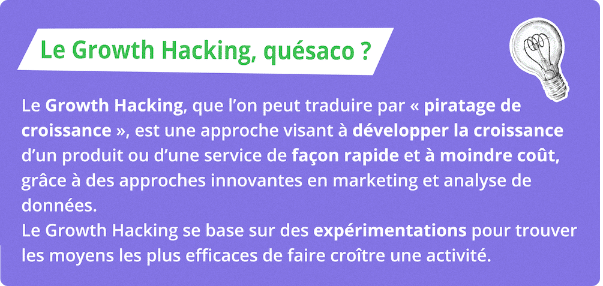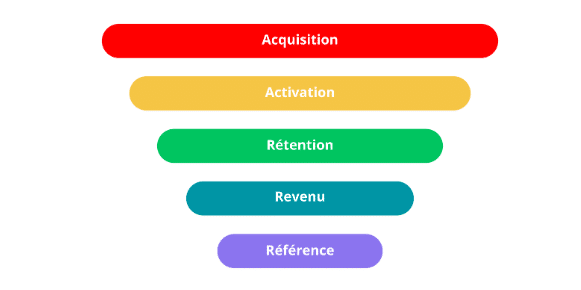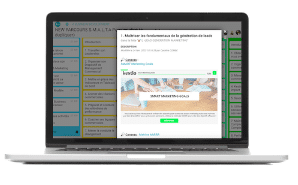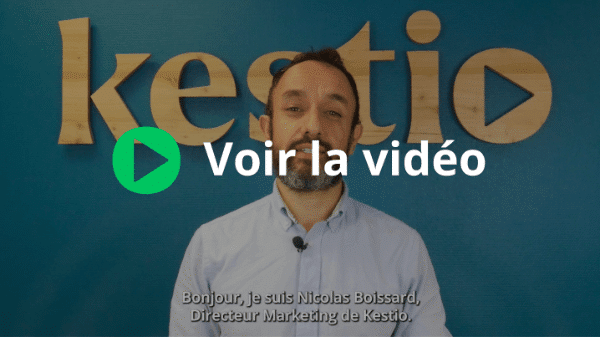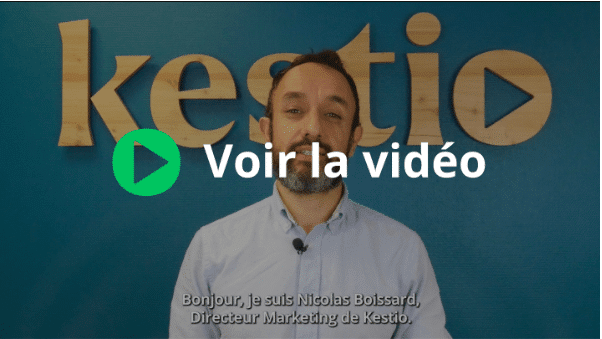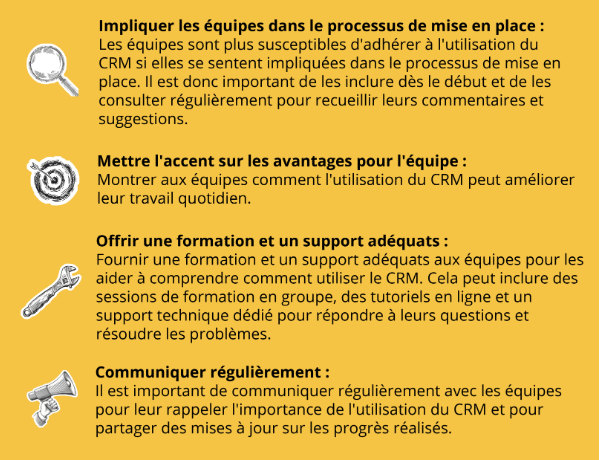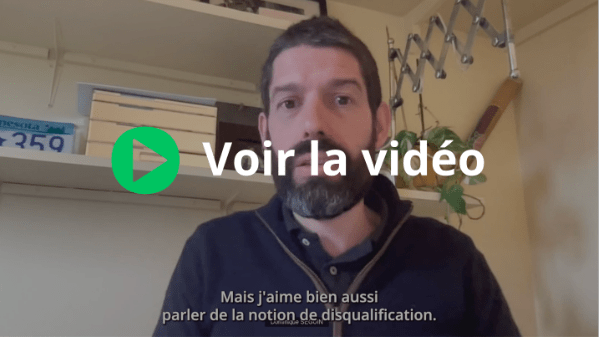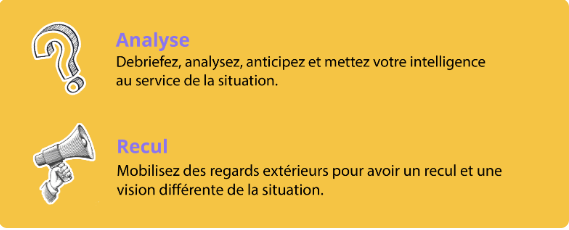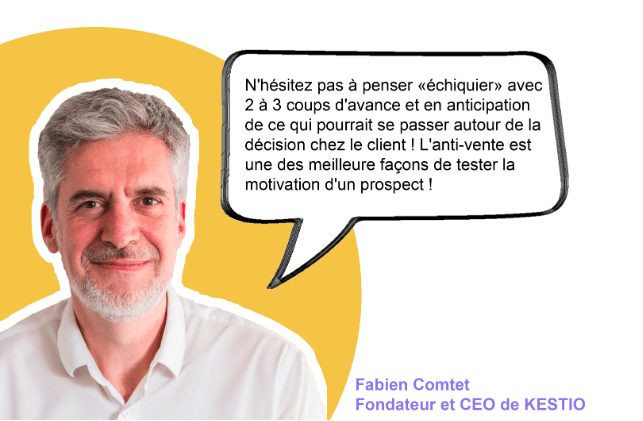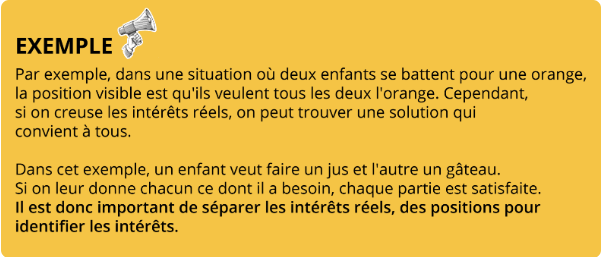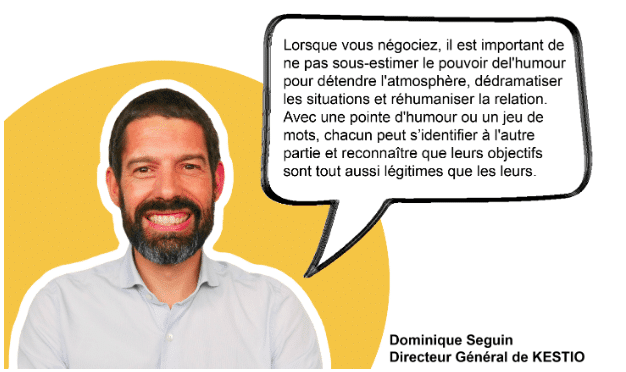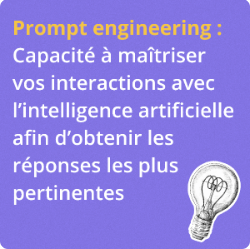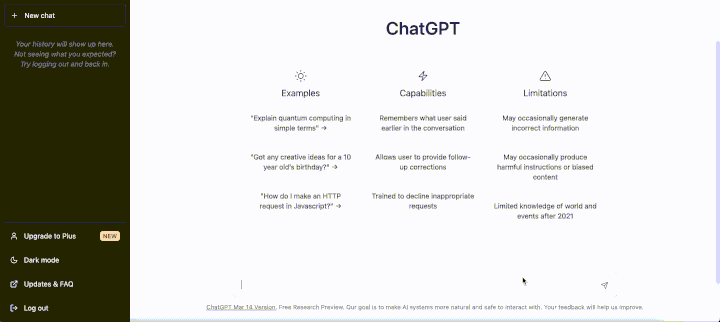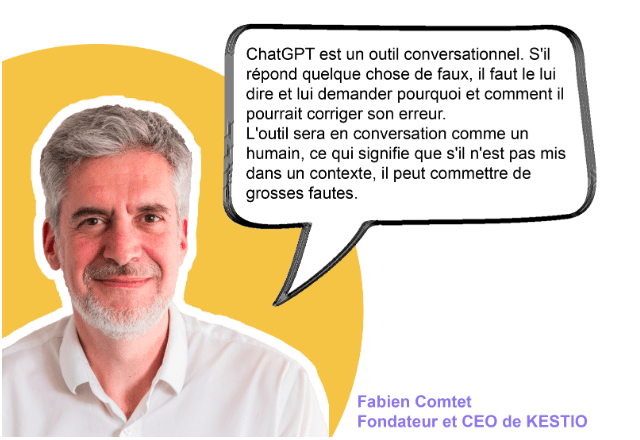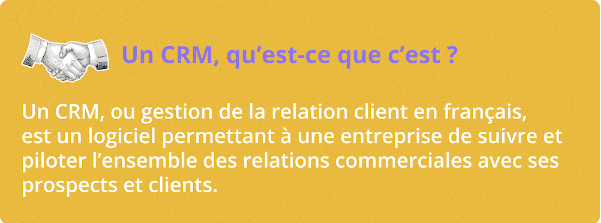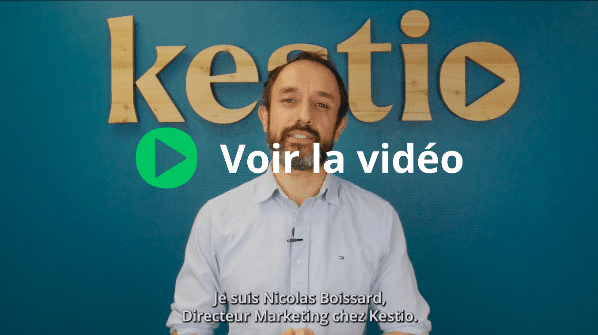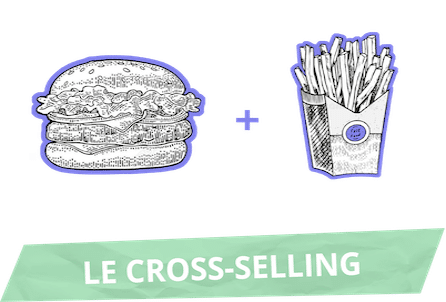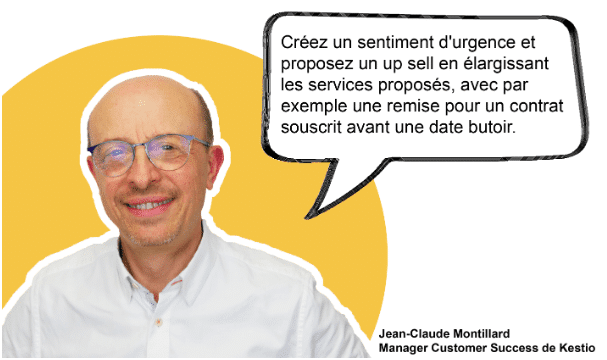Quel est le lien entre Airbnb, Dropbox, Hotmail et LinkedIn ? 🤔
Ces entreprises ont toutes les quatre mis en place des campagnes de Growth Hacking
pour augmenter leur nombre de clients !
Ainsi, pour développer leur croissance…
- Airbnb a proposé à ses premiers utilisateurs de copier leurs annonces sur Graiglist, équivalent américain du Bon Coin possédant une forte audience, pour détourner le trafic du site vers leurs annonces et donc augmenter leur nombre de visiteurs !
- Dropbox a mise en place un système de parrainage en échange de stockage supplémentaire gratuit
- Hotmail a intégré une signature d’e-mail automatique pour chaque utilisateur, indiquant “PS: I love you. Get your free email at Hotmail » afin d’attirer l’intention du lecteur et faire connaitre leur solution d’e-mailing
- LinkedIn a proposé à ses utilisateurs d’importer leurs contacts d’autres plateformes et ainsi les inciter à rejoindre le réseau social professionnel
Mais nul besoin d’être le prochain géant du web pour mettre en place une stratégie de Growth Hacking ! Aujourd’hui, nous vous présentons les 4 étapes pour initier dès demain cette démarche dans votre organisation. |
ÉTAPE N°1 - Le brainstorming
Vous l’avez vu, le Growth Hacking repose sur des idées peu conventionnelles, sortant des sentiers battus ! L’étape du brainstorming est alors indispensable pour trouver LA méthode qui vous aidera à développer votre croissance. 🧠
Pour vous aider à cadrer votre recherche et développer vos idées, utilisez le “framework AARRR“.
Également connu sous le nom de « Pirate Funnel » 🏴☠️, cet outil regroupe les différentes étapes du cycle de vie de votre utilisateur. Chaque lettre de l’acronyme AARRR représente une étape spécifique de ce parcours :
- Acquisition : Cette étape consiste à attirer l’attention de votre public cible, de l’inciter à découvrir votre produit ou service et à rejoindre votre base d’utilisateurs 🚨
- Activation : L’objectif est d’amener votre utilisateur à réaliser une première action démontrant son engagement pour votre produit ou service (inscription, utilisation d’une fonctionnalité, ou toute autre action qui prouve qu’il a trouvé de la valeur dans ce que vous offrez !) 🤝
- Rétention : L’objectif est de maintenir l’engagement de votre utilisateur, de lui offrir une expérience positive et de le fidéliser pour qu’il continue à utiliser votre produit ou service ✌️
- Revenu : Cette étape se concentre sur la génération de revenus grâce à vos utilisateurs ou clients. L’objectif est de monétiser votre base d’utilisateurs et de maximiser les revenus. 💰
- Référence (ou recommandation ou referral) : Cette étape vise à encourager vos utilisateurs satisfaits à recommander votre produit ou service à d’autres (via du parrainage, du partage sur les réseaux sociaux, des témoignages…) 🗣️
En ayant cette chronologie en tête, vous pourrez identifier quelle étape est prioritaire pour votre croissance et ainsi développer des idées répondant à vos enjeux !
Pour vous aider dans cette démarche, téléchargez notre matrice AARRR pour lister vos actions et les données nécessaires afin de mesurer leur réussite.
ÉTAPE N°2 - La priorisation
Le terme Growth Hacking a été inventé par Sean Ellis en 2010, à l’époque en charge du marketing chez Dropbox. Alors qu’il voulait quitter l’entreprise et trouver son remplaçant, Sean a considéré que le mot « marketeur » ne correspondait pas suffisamment à son activité, et a ainsi inventé le terme « growth hacker » dont son seul et unique objectif est : la croissance de l’entreprise !
En plus d’inventer la notion de Growth Hacking, Sean Ellis a également mis au point la méthode de priorisation ICE.
Cette technique (acronyme pour Impact, Confidence et Ease) permet d’évaluer et prioriser vos idées précédemment trouvées lors du brainstorming, selon 3 critères :
- L’impact : Il s’agit de mesurer le potentiel impact de l’idée sur la croissance de votre entreprise, en estimant l’ampleur des bénéfices attendus (augmentation des revenus, de la base d’utilisateurs, des conversions…) 💥
- La confiance (confidence) : Ce critère évalue le niveau de confiance que vous avez dans la réussite de l’idée, soit la probabilité que l’initiative fonctionne en se basant sur des données, des tests précédents, des connaissances du secteur, etc. 🏆
- La facilité
(ease) : Il s’agit d’évaluer la facilité avec laquelle votre idée peut être mise en œuvre, en considérant les ressources nécessaires, le temps, les compétences requises, les contraintes techniques… 🛠️
- La facilité
Chaque critère est évalué sur une échelle de 1 à 10. Une fois que chaque critère est noté, les scores sont multipliés ensemble pour obtenir une note globale.
La méthode ICE vous permet donc de prioriser vos idées et de concentrer vos efforts et ressources sur les initiatives les plus aptes à favoriser la croissance de votre entreprise !
Téléchargez dès maintenant notre matrice ICE pour évaluer la pertinence de vos initiatives !
ÉTAPE N°3 - L'exécution
Une fois votre idée retenue, il faut la mettre en œuvre !
La particularité du Growth Hacking est que vous ne pouvez pas être sûr.e de ce qui va fonctionner (malgré la phase de priorisation) !
Le plus important dans cette démarche est donc la fréquence avec laquelle vous aller effectuer vos tests, car c’est ce volume qui vous permettra d’identifier ce qui s’avère fructueux pour votre entreprise.
Plus vous mènerez de tests, plus vous collecterez de données et plus vous aurez de chances de découvrir des tactiques de croissance efficaces !
Chaque test, même s’il ne donne pas les résultats escomptés, vous apporte des informations précieuses sur le comportement de vos utilisateurs, les canaux de conversion et les stratégies à privilégier. La fréquence des tests vous permet d’itérer rapidement, d’ajuster vos approches et d’optimiser vos efforts de croissance.
Afin de transformer vos idées en résultats concrets, la méthodologie est clé !
Pour chaque initiative, il vous faudra définir :
- L’objectif de la démarche 🎯
- Une description précise du test 📝
- L’hypothèse liée à l’initiative ❓
- Comment on la vérifie et mesure 📐
- Ce qui permet de valider le test ✅
Une fois ces critères définis, développez un plan d’action clair et détaillé. Allouez les ressources nécessaires, que ce soit en termes de personnel, de budget ou de technologie. Définissez des délais réalistes et suivez attentivement les progrès. Pour cela, mettez en place une équipe dédiée ou un responsable pour superviser l’exécution de chaque initiative.
Vous n’avez pas les ressources ou le temps nécessaire pour cela ? Nous pouvons vous accompagner dans cette démarche !
Découvrez notre plateforme interactive, regroupant contenus et expertise pour vous aider à initier une dynamique de Growth Hacking dans votre organisation.
ÉTAPE N°4 : L'analyse
De nombreux marketeurs pensent qu’une démarche de test se clôture à l’exécution. Grave erreur ! ⚠️
La phase d’analyse est l’une des plus importantes pour étudier les résultats de votre initiative et ne pas faire de conclusion hâtive, amenant à reproduire les mêmes erreurs.
À l’issue de l’exécution de votre initiative, examinez donc attentivement les données récoltées et comparez-les aux objectifs que vous vous étiez fixés. Cela vous permettra de juger de la réussite de votre démarche de Growth Hacking.
Utilisez ces informations pour ajuster vos stratégies, améliorer les processus et itérer sur les initiatives existantes.
L’analyse continue vous permettra de comprendre ce qui fonctionne, d’optimiser vos tactiques et de maximiser la croissance de votre entreprise.
Car le Growth Hacking doit être perçu comme un cercle vertueux d’apprentissage !
Si une idée s’est avérée être un échec, cela ne signifie pas qu’elle doit être abandonnée sans réflexion. Au contraire, cette initiative peut être affinée pour ensuite être replacée dans votre démarche de Growth Hacking, prête à être testée à nouveau !
Vous l’aurez compris, le Growth Jacking ne consiste pas simplement à proposer tout type d’idées et de les réaliser le plus rapidement possible. Cette démarche de développement de croissance nécessite une méthodologie précise, du temps dédié et des expertises concrètes.
Chez Kestio, nous utilisons cette méthodologie de test au quotidien, en interne comme auprès de nos clients.
Nous pouvons donc vous accompagner pour mettre en place une démarche de Growth Hacking dans votre organisation !
Si vous souhaitez échanger avec nous à ce sujet, complétez ce formulaire de contact.


